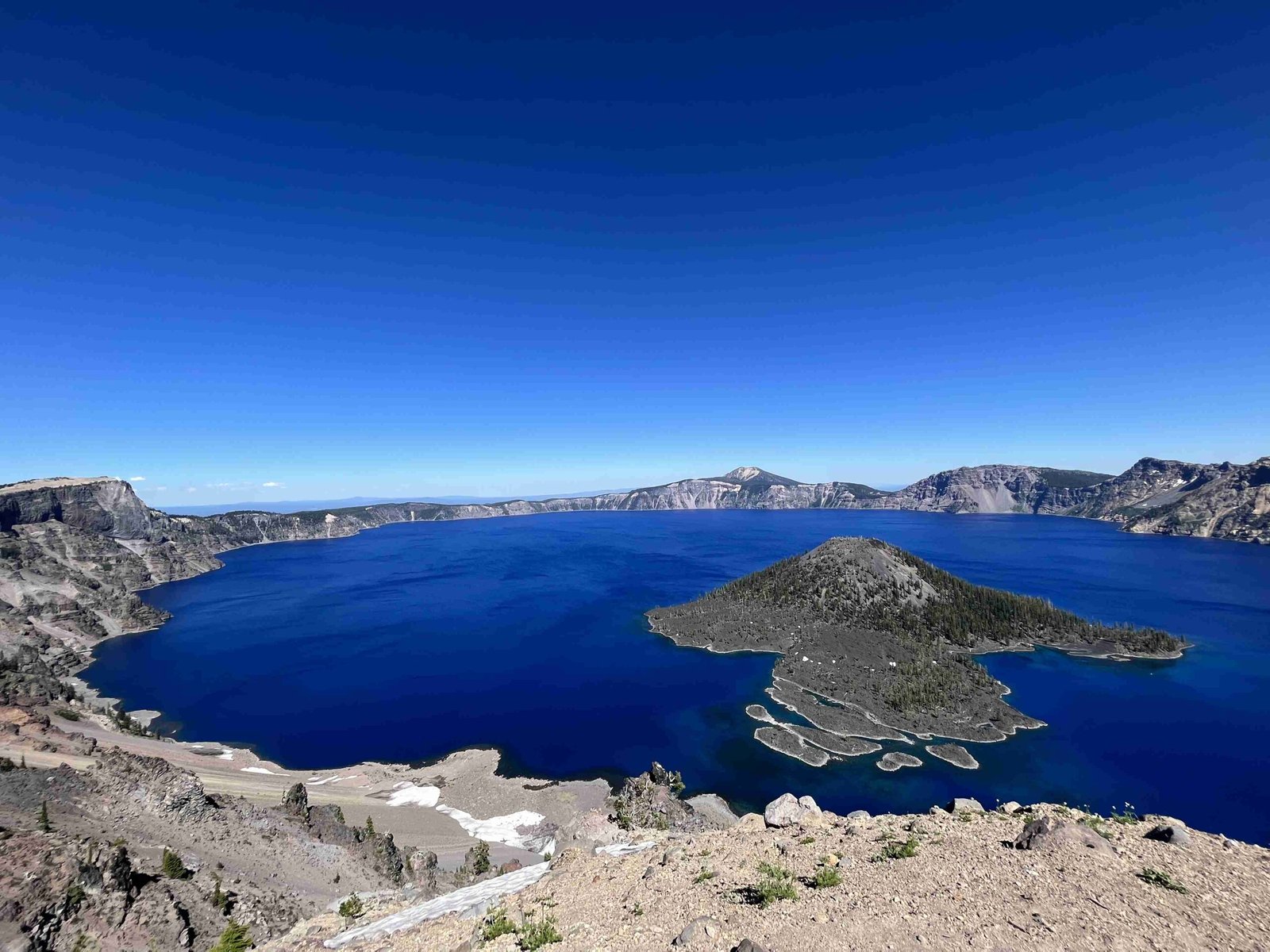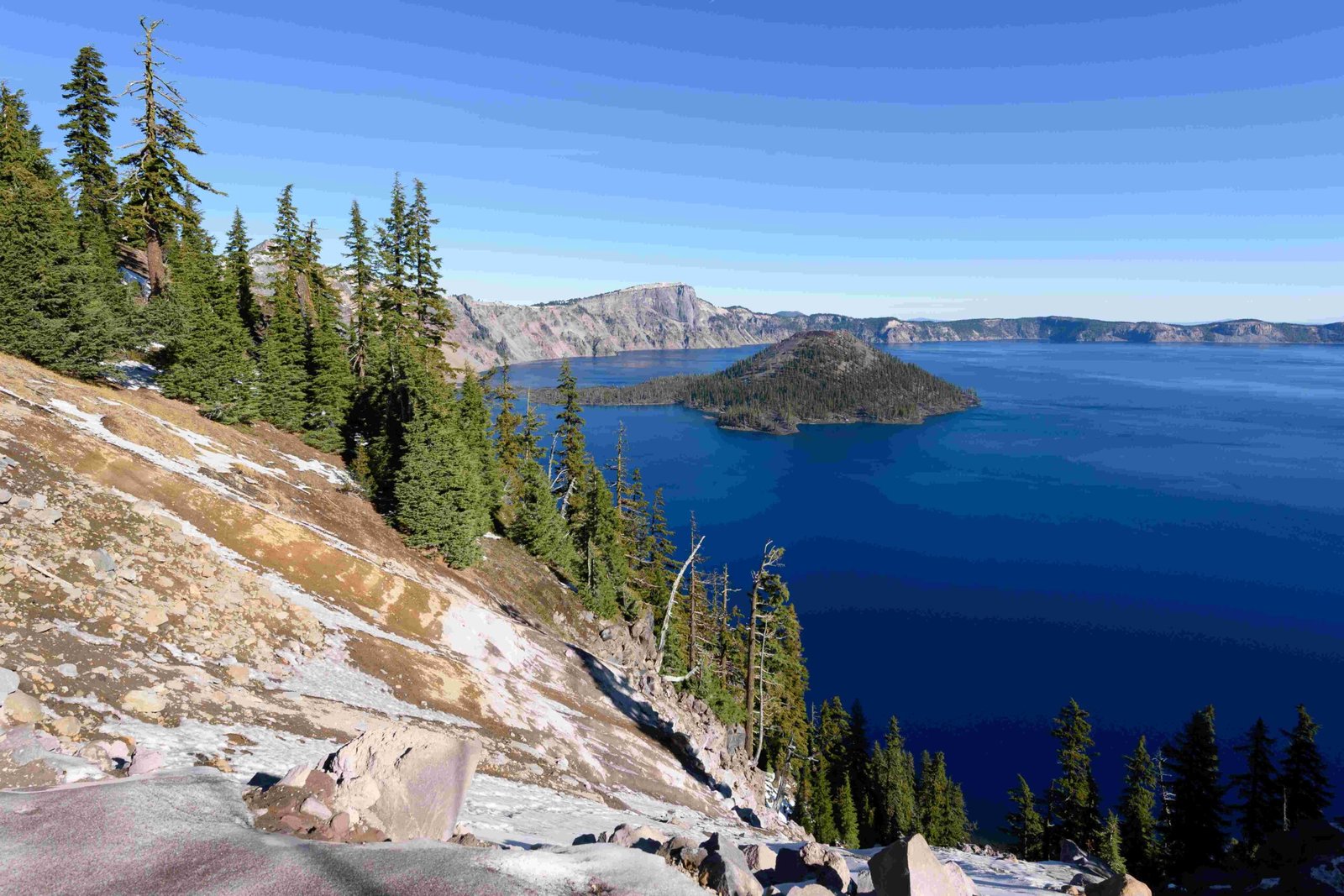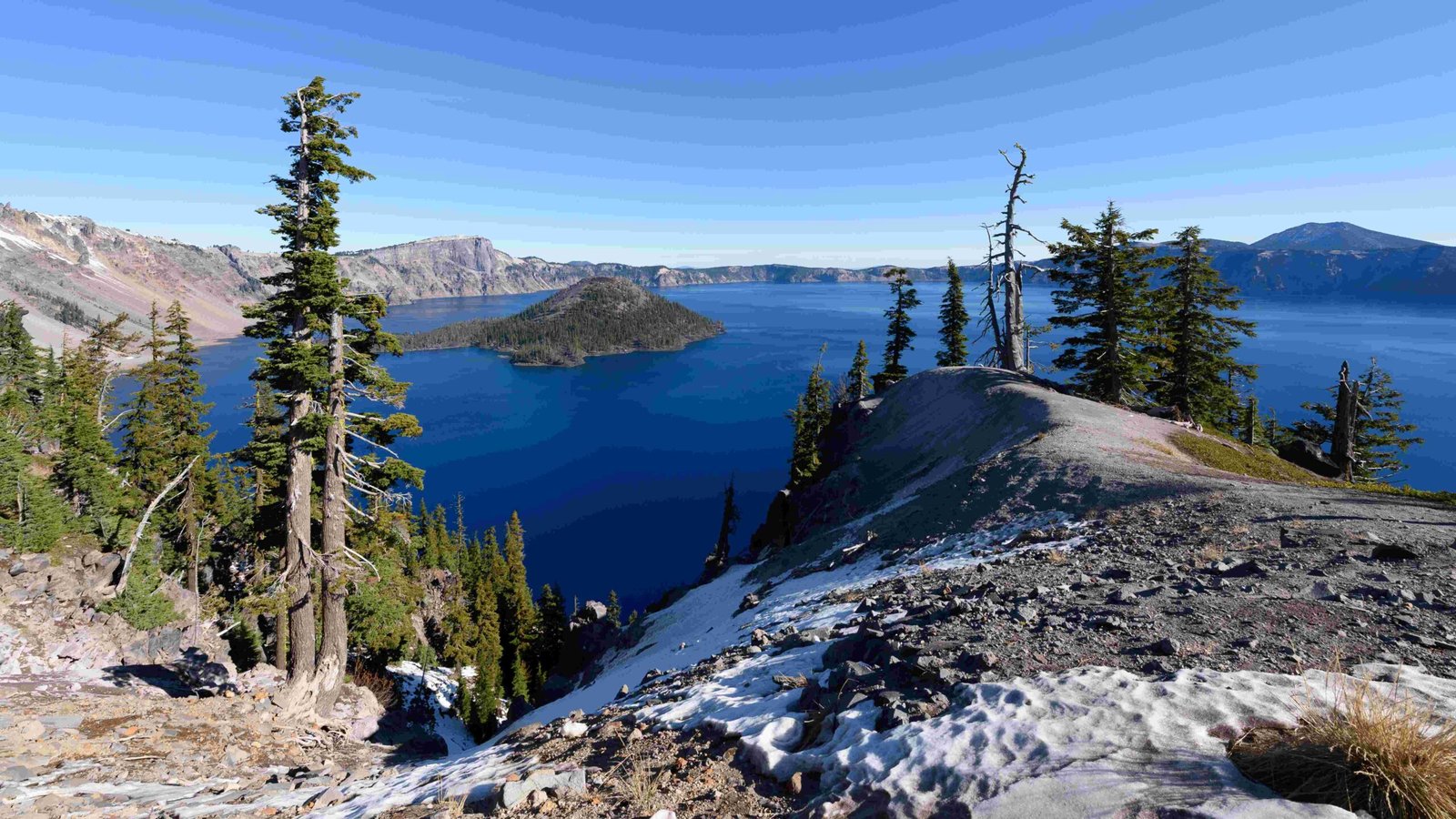The Crater Lake to Bend relay race, officially known as the Cascade Lakes Relay, is an exhilarating 216.6-mile adventure through Central Oregon’s breathtaking landscapes. Starting near the iconic Crater Lake and ending in the vibrant city of Bend, this relay race challenges teams to navigate diverse terrains, elevation changes, and stunning scenery. Participants experience the thrill of running day and night, passing by pristine lakes, dense forests, and rugged mountains in this unique test of endurance and teamwork.
What is the Cascade Lakes Relay Race Route?

The Cascade Lakes Relay follows a scenic S-shaped route through Central Oregon, covering 216.6 miles from Diamond Lake near Crater Lake to Bend. Here’s a breakdown of the route:
- Starting point: Diamond Lake
- Midpoint areas: Various lakes in the Cascade Range
- Endpoint: Bend, Oregon
The race is divided into 36 legs, each with its own characteristics:
- Distance: Varies per leg
- Elevation: Significant changes, including climbs up Mt. Thielsen and Mt. Bachelor
- Terrain: Mix of road, gravel/trail, and mixed surfaces
Teams typically split into two vans, alternating cycles of six legs. Each runner covers approximately 15-20 miles over three legs throughout the race.
How Does the Registration Process Work?

Registering for the Crater Lake to Bend relay race involves several steps:
- Visit the official Cascade Lakes Relay website
- Check for registration opening dates (usually several months before the event)
- Look for early bird discounts
- Prepare team information, including:
- Team name
- Runner details
- Emergency contacts
- Be ready to pay the registration fee (typically $1,000 to $1,500 per team)
Note: The race is capped at 3,500 participants, so early registration is recommended.
What Are the Logistical Considerations for Participants?
Participating in the Crater Lake to Bend relay race requires careful planning:
Transportation
- Teams are responsible for their own transportation between exchange points
- Decorated vans are a popular choice for team transport
Parking
- Available at:
- Start point (Diamond Lake)
- Various exchange points along the route
- Finish area in Bend
Gear Management
- Teams must organize their own gear transportation
- No official shuttle services are mentioned for runners or equipment
How Should Runners Train for the Cascade Lakes Relay?
Preparing for the Crater Lake to Bend relay race demands a comprehensive training approach:
Recommended Training Schedule
- Build base mileage (3-4 months before the race)
- Incorporate hill training (2-3 months before)
- Add speed work and interval training (1-2 months before)
- Practice night running and multiple runs per day (1 month before)
Specific Workouts
- Hill repeats to prepare for elevation changes
- Back-to-back runs to simulate relay conditions
- Trail runs to acclimate to varied terrain
Acclimatization Tips
- Train at higher elevations if possible
- Practice proper hydration and nutrition strategies
- Simulate race conditions with night runs and varied surfaces
What Makes the Cascade Lakes Relay Unique?
The Crater Lake to Bend relay race stands out for several reasons:
- Scenic Beauty: Passes by numerous lakes and mountains
- Challenging Terrain: Includes two “WTH” (What The Hell) rated legs
- Team Spirit: Decorated vans and costumes are common
- Day and Night Running: Participants experience running at all hours
- Diverse Surfaces: From paved roads to dusty trails
What Should Runners Pack for the Cascade Lakes Relay?
Essential items for the Crater Lake to Bend relay race include:
- Multiple running outfits (for day and night)
- Reflective gear and headlamps for night running
- Various types of running shoes (road and trail)
- Nutrition and hydration supplies
- First aid kit
- Sleeping bag and pillow for rest between legs
- Warm clothes for cool mountain nights
- Sun protection (hat, sunscreen, sunglasses)
How Can Teams Maximize Their Cascade Lakes Relay Experience?
To make the most of the Crater Lake to Bend relay race:
- Foster team bonding before and during the race
- Plan efficient van rotations and rest periods
- Prepare for all weather conditions
- Practice proper nutrition and hydration strategies
- Embrace the unique atmosphere and have fun!
By following these tips and thorough preparation, teams can fully enjoy the challenging yet rewarding journey from Crater Lake to Bend in this epic relay race adventure.

